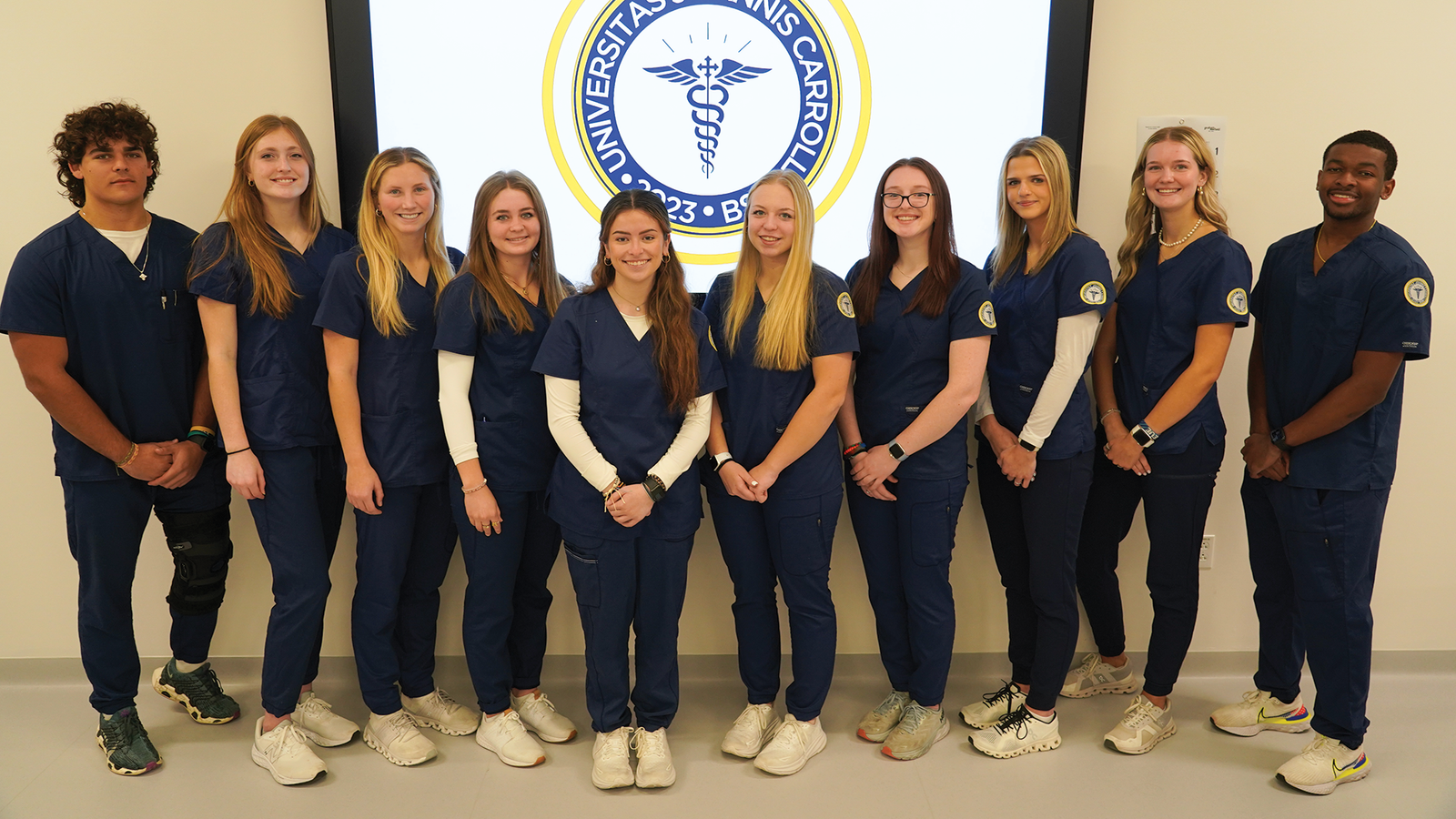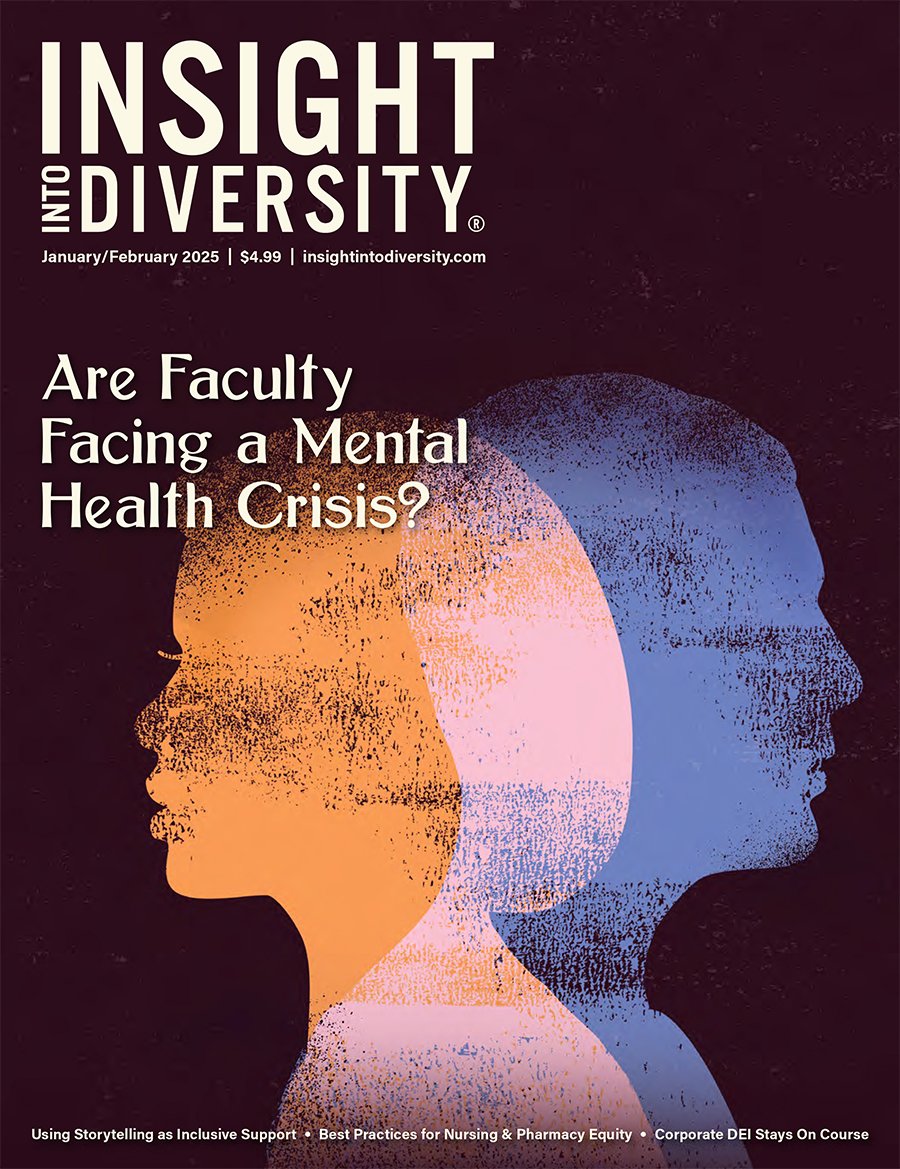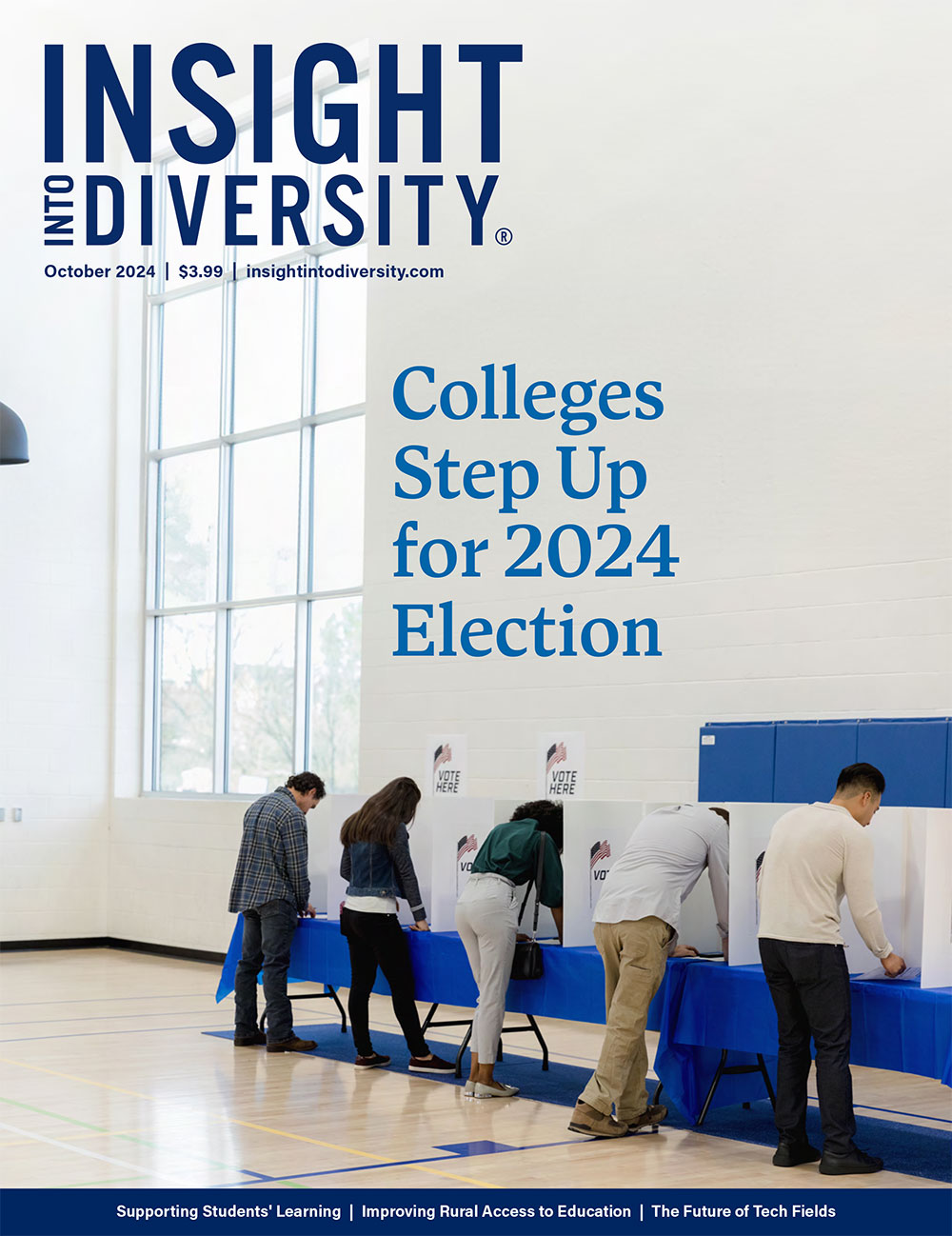While 2023 witnessed a wave of Asian Americans appointed to prominent academic leadership positions — including Bobbie Kabuto as dean of Queens College’s School of Education and Kellee Tsai as dean of Northeastern University’s College of Social Sciences and Humanities — experts caution that more work is needed to ensure true representation in the field.

“Some Asian Americans have been catapulted into pretty visible leadership roles. But I would say those are the exceptions, not the rules,” says Nicholas Hartlep, PhD, the Robert Charles Billings Endowed Chair in Education at Berea College, whose research focuses on race and equity — particularly concerning the experiences of Asian Americans — in academia.
Hartlep also underscores the importance of understanding the diversity within the Asian American community and says that East Asians are often more visible in academia than other subgroups, such as South and Southeast Asians.
In 2016, he led a national study analyzing the representation of different races in prestigious academic positions within the field of education. The study, involving 394 education professors, revealed that race played a significant role in determining who held esteemed positions such as endowed chairs or distinguished professorships.
Social network theory is a field of study that examines how relationships between individuals, groups, or organizations are structured and the impact of these relationships on social behavior and practices.
The findings showed that White professors were notably more likely to occupy these high-ranking roles than professors of other races. The study attributed these disproportional rates to factors explained by social network theory, suggesting that existing networks and relationships within academia may influence these disparities in representation.
According to Rachel Endo, PhD, dean and professor of education at the University of Washington Tacoma’s School of Education, Asian Americans frequently experience being overlooked for advancement in academia.
“At every university I’ve been, I was hired through a national search and often became the first or only Asian American or person of color on a faculty,” says Endo. “However, I’ve noticed patterns where certain groups, like White women, are appointed and promoted to institutional leadership roles through internal processes by mostly White leaders, whereas longtime faculty of color aren’t given these same opportunities.”
“Many White folks and some non-Asian people of color view Asian Americans as ‘not leadership material’ and thus those who express interest in these roles are often discouraged or excluded from advancing.”
– Rachel Endo, PhD
Endo’s experience highlights a broader pattern within academic institutions, where the path to leadership is often unevenly paved. While some strides have been made in faculty diversity, there’s a marked difference in the number of leadership opportunities provided to Asian Americans.
“Many White folks and some non-Asian people of color view Asian Americans as ‘not leadership material’ and thus those who express interest in these roles are often discouraged or excluded from advancing,” says Endo.
An additional challenge facing Asian Americans in their pursuit of high-ranking roles in academia is the pervasive “model minority” myth. This stereotype portrays Asian Americans as uniformly successful and academically gifted, which can lead to a problematic oversimplification of their diverse experiences and needs.
Hartlep suggests a comprehensive strategy for universities to increase diversity among endowed professors. His approach includes involving White male professors in DEI initiatives, promoting the sharing of experiences by women and professors of color, implementing early mentorship programs, and using endowed chairs strategically to attract and retain a diverse pool of talent.
“I think colleges and universities need to prioritize Asian Americans in terms of hiring and in times of appointments into leadership roles. And that will require a drastic shift in perspectives and paradigms [about] what leaders look like,” says Hartlep.●
This article was published in our January/February 2024 issue.




















